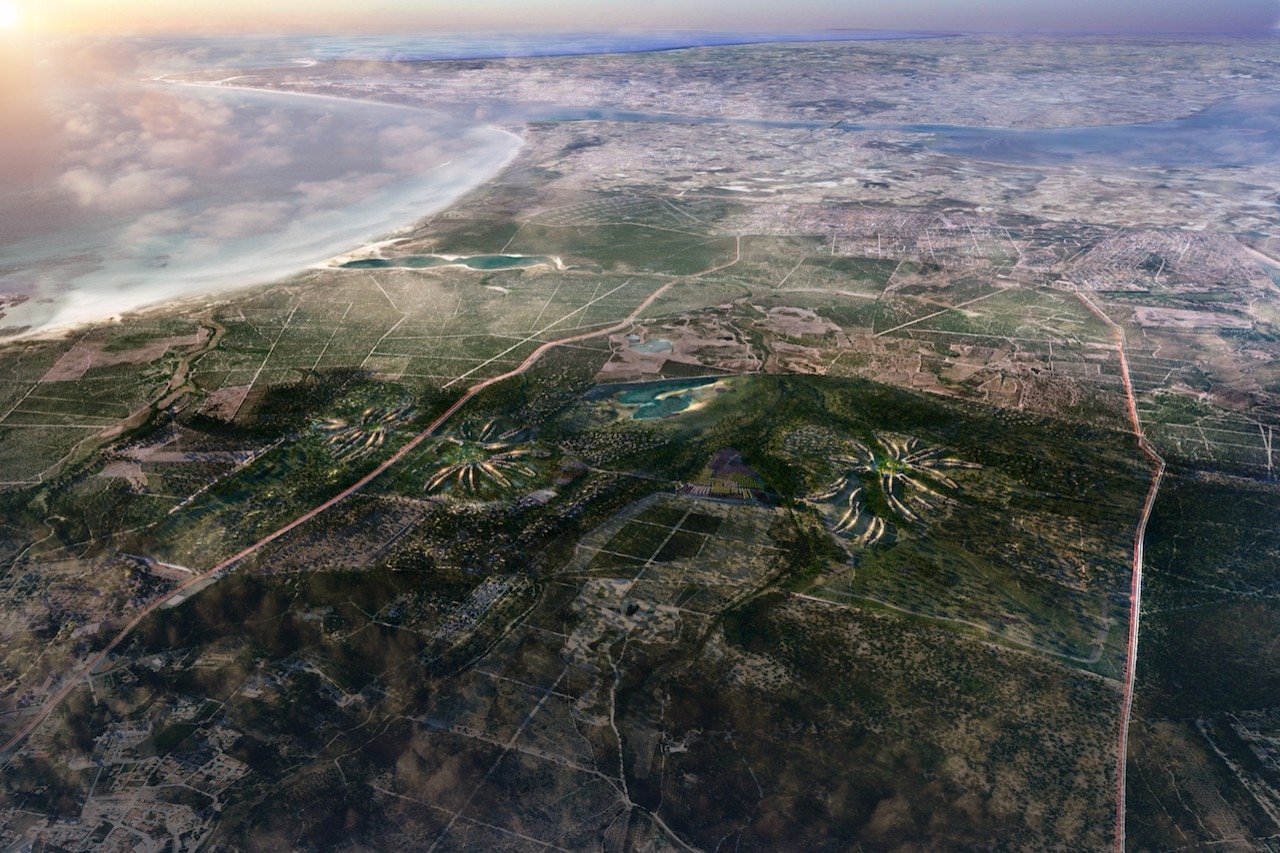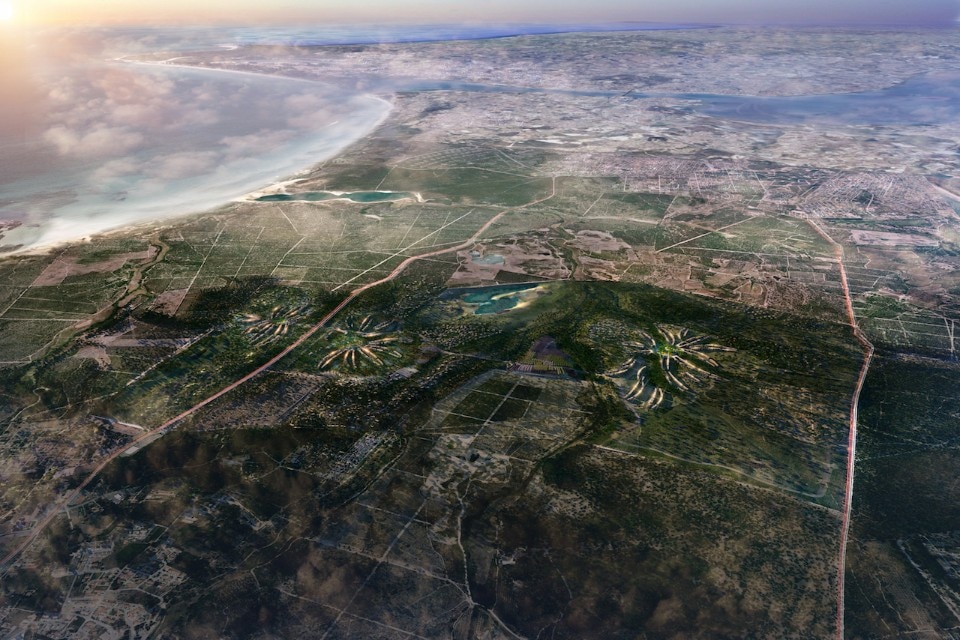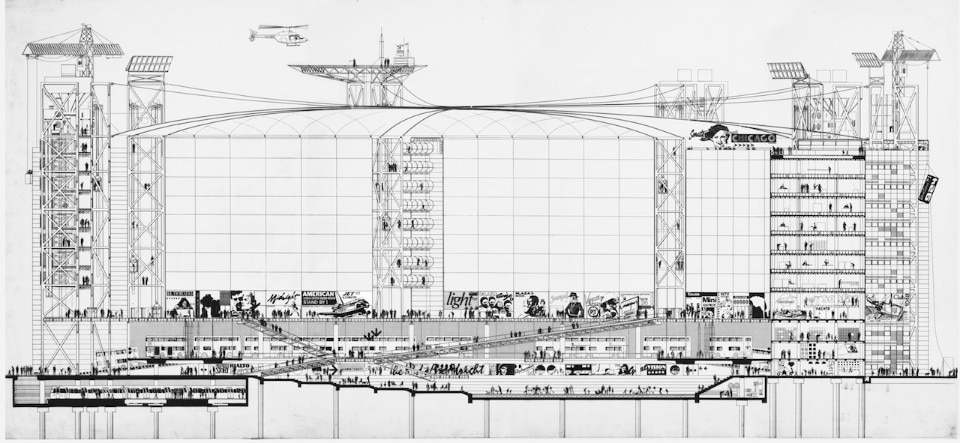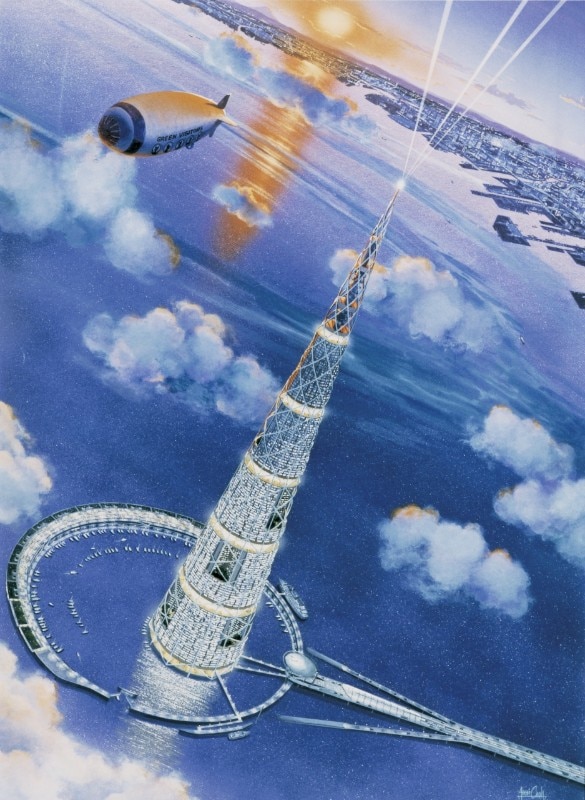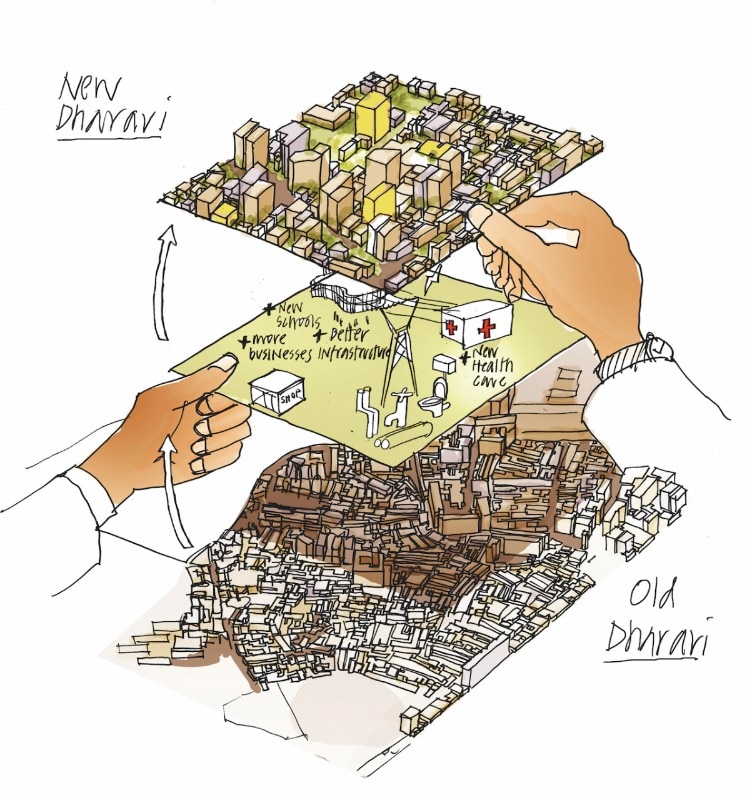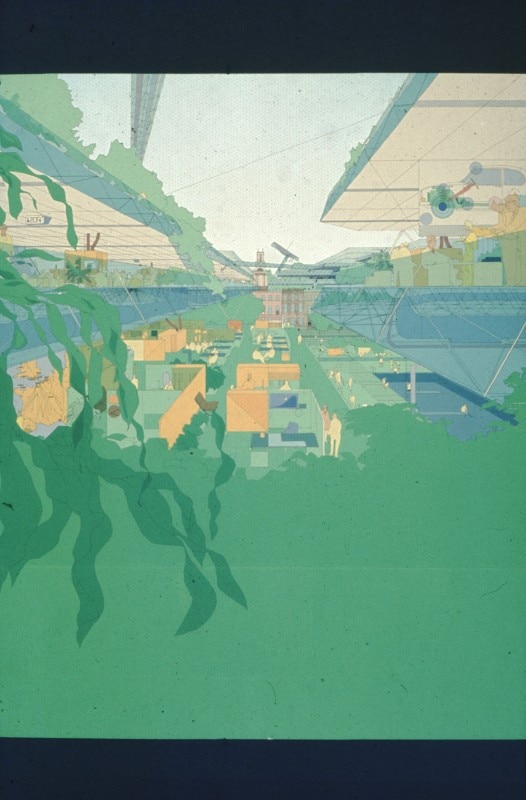Globally, cities are the future. More people live in cities than in rural areas today, and by 2050 an estimated 75 per cent of humanity will be urbanised. While cities consume 64 per cent of global primary energy and are responsible for 70 per cent of the world’s carbon emissions, they are also net generators of wealth. For example, in 2017 the GDP of New York City was equivalent to the GDP of Canada. They are hotbeds of creativity and innovation, illustrated by the fact that about 60 per cent of registered patents in the US and UK in 2016 came from cities alone. I believe cities are an inherently positive manifestation of human society. However, to begin envisioning the city of the future, we must first look back in time.
History helps us realise that the only constant is change. Since time immemorial, cities have gone through crises and will continue to do so in the future, which is not as bad as it sounds. Historically, the answer to a crisis has always been provided by innovative technological solutions, which produce good social ends. For instance, the Great Lisbon Earthquake in 1755 ushered in a system of anti-seismic construction with prefabricated diagonal timber braces, known as Pombaline cages, that were introduced to support the city’s noble building facades.
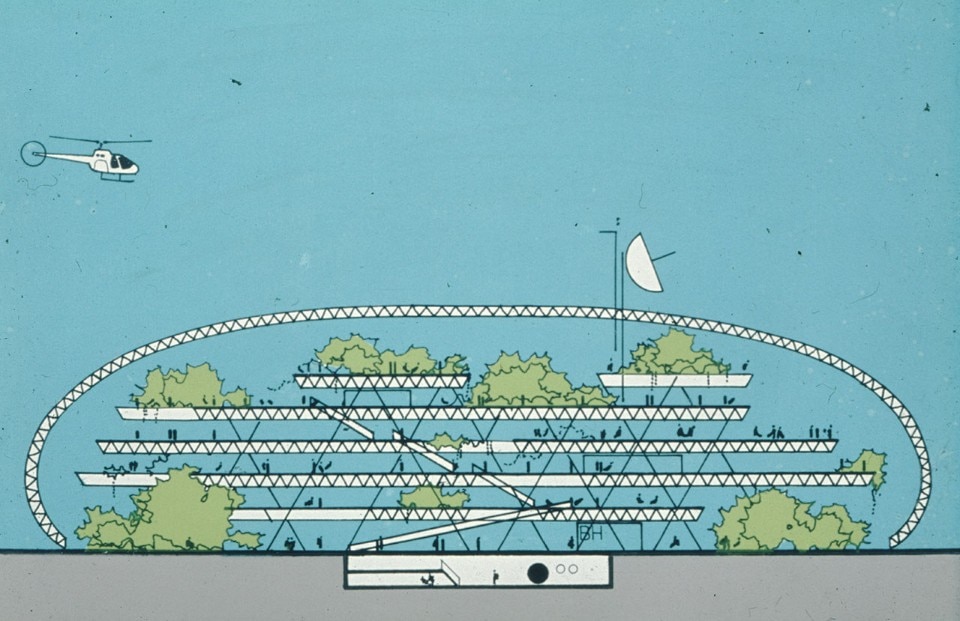
If you take London in the 19th century, in a short 34-year period there were tens of thousands of deaths from water-borne cholera; the Thames was an open sewer. Technology came to the rescue with Bazalgette’s underground sewer system, which still serves the city today. During the same century, the Great Chicago Fire ushered in high-rise and fire-proof construction. New York and London, the two most populous cities on the planet, were drowning in horse manure and the problem was seen as totally unsolvable. But the motor car, considered a villain today, came to the rescue. Within a decade the streets were clear again.
The climate crisis we face today is one of the biggest challenges of our time and our response will be era-defining. What happens in any one place in the world has global implications. China, the second-largest economy in the world, over the next 30 years will be urbanising at a rate equivalent to adding a city the size of London every year. The effects of climate change may feel remote when considering the lonely polar bear losing its habitat on top of a melting ice cap, but if you put that into the global context of cities, 14 of the world’s 17 largest cities are on the coastline and 40 per cent of the world’s population lives within 100 kilometres of the coastline. Do we foresee global development where a city like London may be going underwater? Perhaps the answer lies in finding solutions where urbanisation and sustainability mutually reinforce each other.
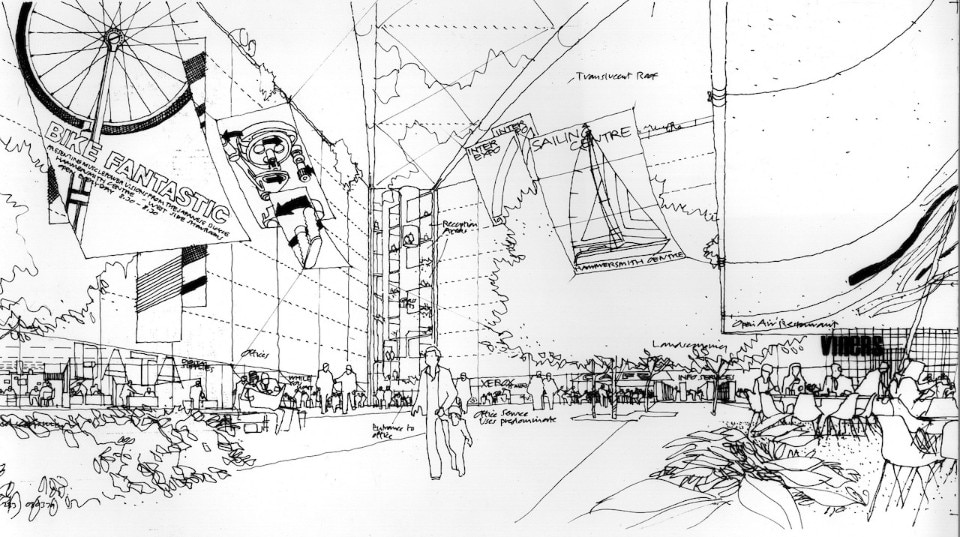
Ten years ago, we began an experiment in a very hostile environment – the desert of the United Arab Emirates. A solar field was set up and 40 per cent of its output powered a research institute for renewable energy with several hundred people working 24/7. The remaining 60% of the energy from the solar field was fed back into the grid. We also experimented with personal transport below ground, including the first robotic cars with induction charging.
This development anticipated the advent of the autonomous car that is now being trialled in many parts of the world. We know that some countries are already revisiting the existing road infrastructure and questioning the role of the car in the future. For example, in the 1990s Boston demolished a series of highways and buried them in tunnels, the so-called Big Dig, because they were no longer needed. As a result, land values went up and crime rates went down. In Seoul, a river that had been concreted over at the end of the 20th century has been brought back to life as a public park. The same story repeats itself in Europe. In Madrid, roads are now being repurposed for people – indicating a growing trend towards pedestrianisation.
A subject that fascinates me – one that is being researched by the Norman Foster Foundation in Madrid working with MIT – is looking at how doing more with less in terms of energy and processing could inform a greater good. Looking at the global picture, the countries that consume more than the planet can support must reduce their consumption. How is that going to happen? Being very simplistic, we have to do more with less, consume less and move from a society where we pump stuff in and we spew out waste to a more cyclical economy. Taking a building that we created some time back, the “Gherkin” in the City of London and projecting into the future, I can imagine that it may no longer exist as an office building as they will have become obsolete; perhaps it will be a vertical farm producing actual gherkins with a farmer moving them around by drone!
The climate crisis we face today is one of the biggest challenges of our time and our response will be era-defining. What happens in any one place in the world has global implications
In the future, if the car is not what we know anymore, then what is the nature of the highway network? What is the nature of the countryside? Yesterday’s visions are closer than we think. Smart technologies will connect entire cities, changing how we live and work. Physical distance will cease to be an issue. Off-grid homes and businesses will generate, store and distribute free energy for all. Physical infrastructure will become obsolete, creating more public space. We can imagine more inner-city vertical farms that result in less need for long-range transport. Autonomous vehicles could reinvent public transport and logistics. Car parks, petrol stations and garages will disappear and make way for the efficient use of existing roads and motorways which could become modern greenbelts. Green and self-sustaining polycentric cities, at last, could become a reality. It is all about evolving and adapting our existing cities and designing new ways that work in harmony with nature.
I have often noted that the science fiction of my youth is the reality of today. The science fiction of today will be reality for the next generation. Just to put that into a personal context, I would like to go back in time to when I was 16 and I had just started work. To make a phone call, I’d go to a phone box, put pennies in a slot and look up the local phone number. If I wanted to make an overseas call, I would call the operator and put more money into the slot. To get a book, I would go to my local library. If I wanted to watch the latest film, I would go to the cinema. If I wanted the news, I would watch it on the television or buy a newspaper. If I wanted to hear a song, I would buy a long-playing record. To take some photos, I needed to buy film and take it to the film shop down the road to be developed. To type I would need a typewriter.
But what if you had told the 16-year-old me that in the future I would be able to call anyone in the world while on the move; that I could have any book, song, film or television series. I could take a photo and have it instantly in front of me; I could press a switch and control the lighting and heating in my home which might be thousands of kilometres away. What if you told me that I could do all those things with a device that I could hold in the palm of my hand, what would I have said? I’d say, “You must be crazy.” The pioneering cities of the future are set to similarly amaze us all.
Norman Foster, architect, founded Foster Associates in 1967, an international studio of architecture, urbanism and design. Today the practice is called Foster + Partners, of which he is executive chairman. President of the Norman Foster Foundation, he won the Pritzker Prize in 1999.


